The Kargil conflict set off a flurry of diplomatic activity that ultimately positioned the United States and India for their productive relationship today, writes Bruce Riedel. A version of this piece was originally published in the Hindustan Times.
The Kargil war between May and July 1999, part of the broader conflict between India and Pakistan over the region of Kashmir, was a seminal turning point in American foreign policy with India. President Bill Clinton’s diplomatic intervention in the war, and his high-stakes summit with Pakistani Prime Minister Nawaz Sharif, set the stage for Clinton’s visit a year later to India—the first by an American president in over 20 years—and for the warm engagement between Washington and New Delhi, which has persisted till today.
Before the Kargil incursion, the United States was preoccupied with non-proliferation concerns in South Asia, especially after the Indian nuclear tests. Strobe Talbott’s dialogue with Jaswant Singh was an important channel of communications, but it was devoted almost entirely to curbs on nuclear weapons. The focus was on securing India’s adherence to the Comprehensive Test Ban Treaty.
When the U.S. determined that Pakistan had deliberately violated the Line of Control near Kargil, Clinton did not hesitate to blame Pakistan for risking a broader war. For the first time, an American administration was siding publicly with India against Pakistani aggression. The Pakistani generals who had planned the Kargil incursion, led by Pervez Musharraf, had badly misread the likely American reaction.
Sharif insisted on a summit in Washington with Clinton on July 4, 1999. Clinton was adamant that Pakistani troops had to withdraw to their old positions behind the Line of Control. If not, Washington would blame Pakistan for the war. He warned Sharif that he would also speak out about Pakistan’s coddling of al-Qaida and Osama bin Laden. The American intelligence community had told the president that Pakistan was flirting with nuclear war. It was perhaps the most important and intense meeting of his presidency. The normally soft negotiator who usually sought compromise was tough and firm. I had never seen him more concentrated.
The outcome of the Kargil war altered the substance of the Talbott mission. The focus moved to conflict prevention. The Musharraf coup that ousted Sharif reinforced the new direction of the Indo-American dialogue. The stage was set for Clinton’s multi-day trip to India in early 2000 and his few hours in Islamabad. The contrast was striking.
Clinton’s trip to India not only broke the decades-old famine of presidential travel to India; his two successors followed in his steps and visited India. The security dialogue between Washington and New Delhi has deepened and strengthened enormously. The current administration has also committed to a strong relationship with India, but is so dysfunctional that it has been largely absent from the subcontinent.
Clinton came into office in 1993 determined to rebuild U.S. relations with India, which had been in disrepair since the mid-1960s. Like his predecessor and idol, John F. Kennedy, Clinton believed India was bound to be a major power in the future—and a democratic one as well. He was determined to visit India, but a succession of short-lived governments in New Delhi and the distraction of other events kept the trip from happening.
The nuclear tests in May 1998, first by India and then by Pakistan, seemed to be the final blow to the president’s plans. The Kargil conflict changed the equation. The president and his team were determined to exploit the opportunity. Prime Minister Atal Bihari Vajpayee was equally determined to be engaging and a warm host.
The turning point was the Kargil war 20 years ago. The trajectory of America’s engagement with India was set. Hopefully it will remain on course.
The Brookings Institution is committed to quality, independence, and impact.
We are supported by a diverse array of funders. In line with our values and policies, each Brookings publication represents the sole views of its author(s).

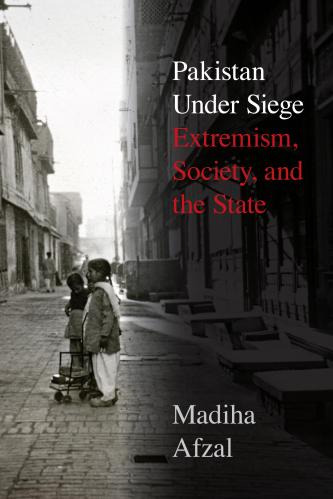
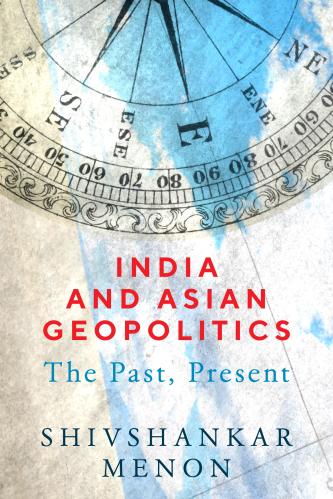
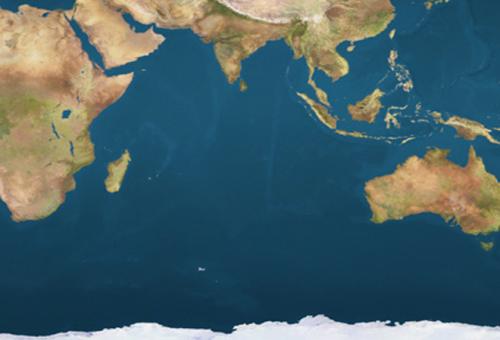
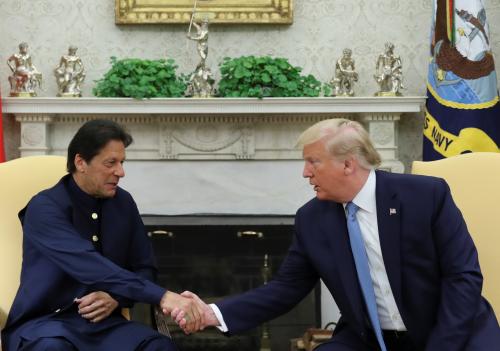
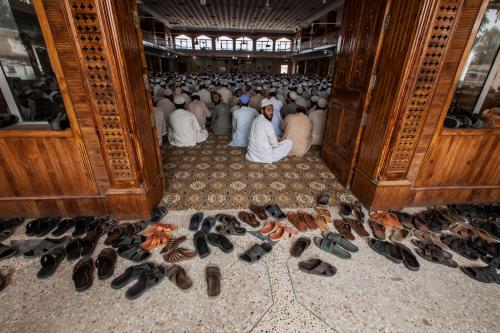
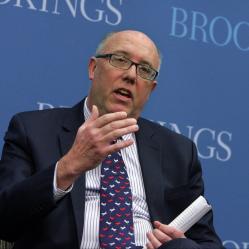
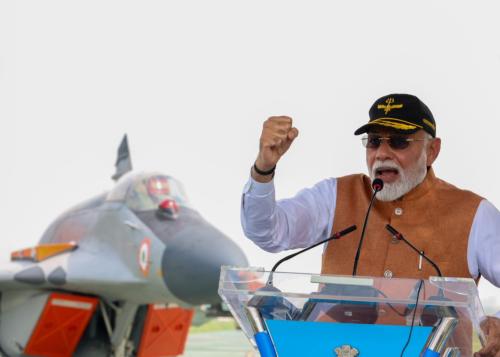


Commentary
How the 1999 Kargil conflict redefined US-India ties
July 24, 2019